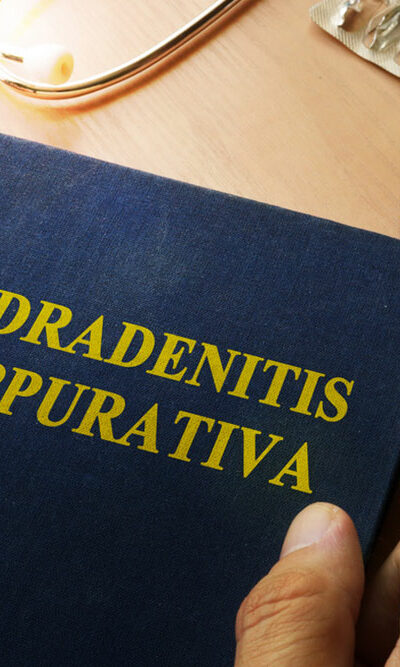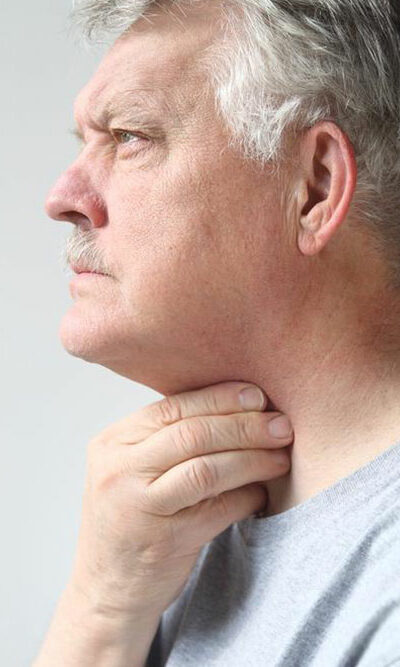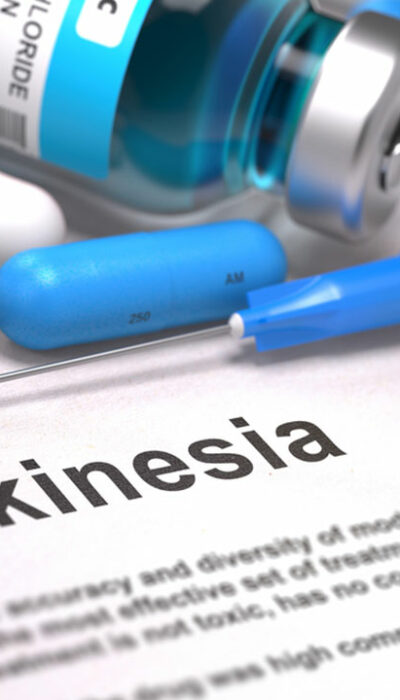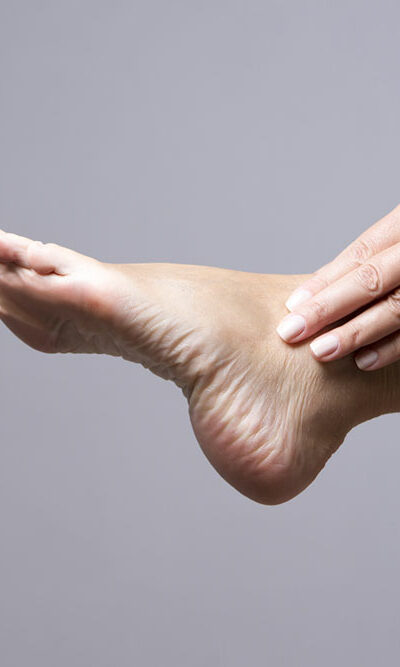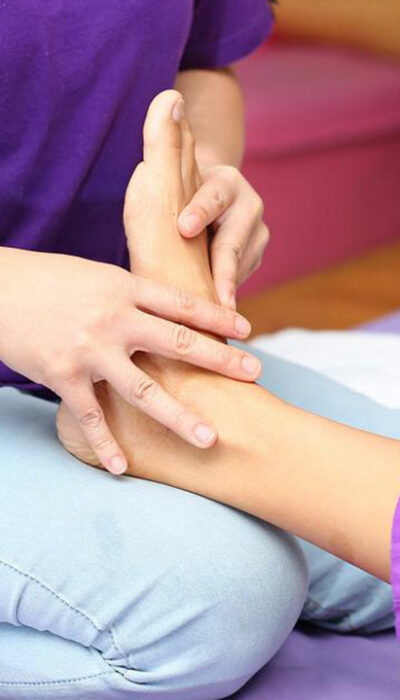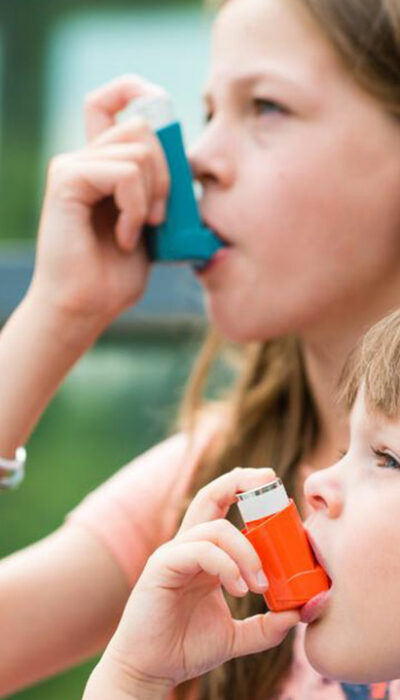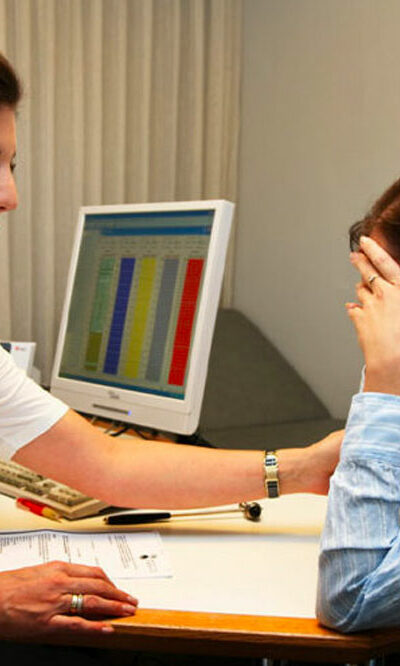
Choosing the Right Treatment for Spinal Stenosis
Spinal stenosis is an extremely painful condition that causes the narrowing of the spaces within the spine. This puts pressure on the nerves that travel through the spine and may lead to several complications. Spinal stenosis commonly occurs in the neck and the lower back. One of the major drawbacks of this condition is the fact that its onset may come with symptoms to indicate the presence of the condition. If you do experience the symptoms of spinal stenosis though, expect to face severe pain, numbness, muscle weakness, and tingling in the affected areas. The symptoms generally worsen with the progression of the condition, so consult a doctor immediately. The onset of spinal stenosis is generally due to wear and tear in the spine related to osteoarthritis. To make things easier for you, here are a few of the best spinal stenosis treatment methods for you to choose from. Spinal Stenosis Treatment Options Treatment for spinal stenosis is dependent on the severity of the signs and symptoms of the disease as well as its location. You must consult a doctor to determine the treatment method that suits you best. If your condition is mild, home remedies may be enough to keep your condition at bay. If you are suffering from severe spinal stenosis, or if home remedies are doing you no good, your doctor may recommend physical therapy, medications, or even surgery. Here are a few of the best spinal stenosis treatment methods. Medications The doctor may prescribe the use of pain relievers and anti-depressants. Pain medications may be successful in providing temporary relief and may ease the discomfort associated with the disease. Try not to use them for long periods of time as they can cause more harm than good. Anti-depressants can help ease chronic pain. Again, do not use them for long periods of time.
